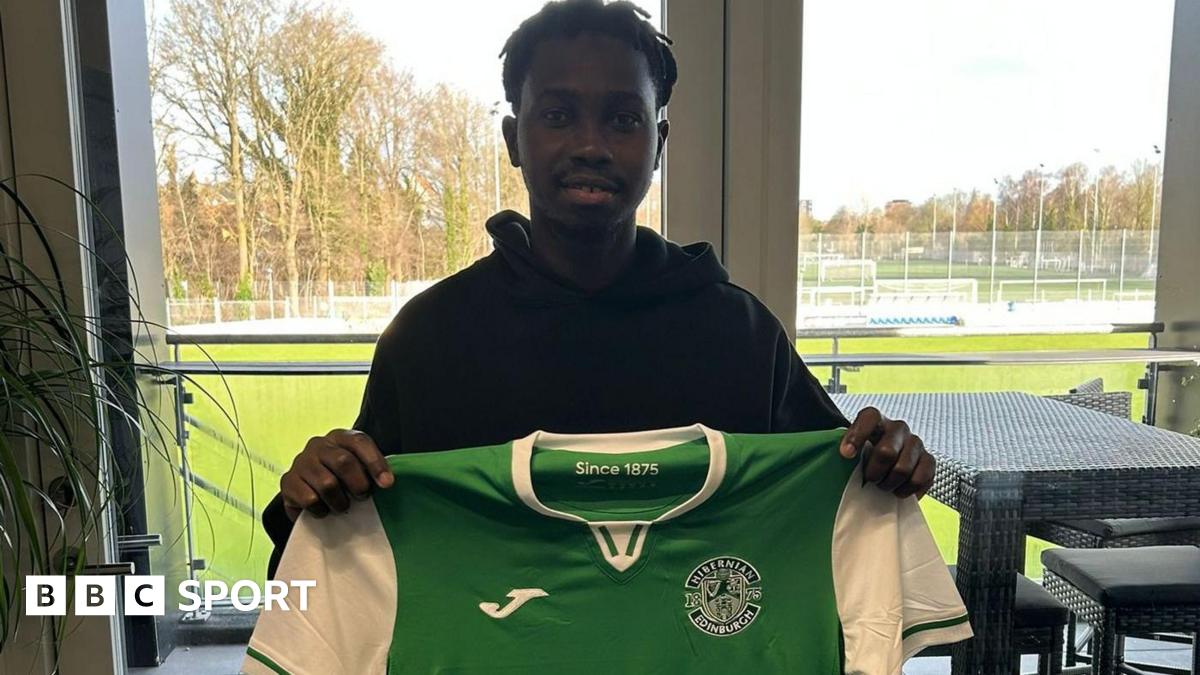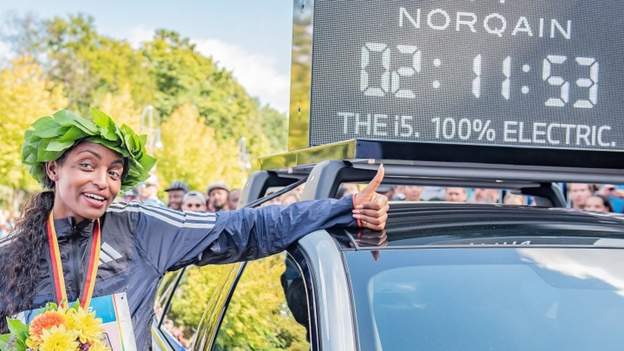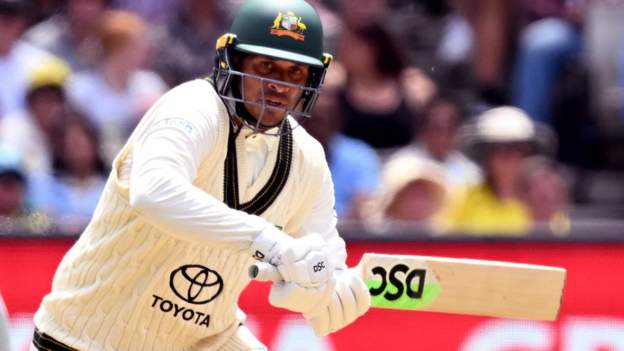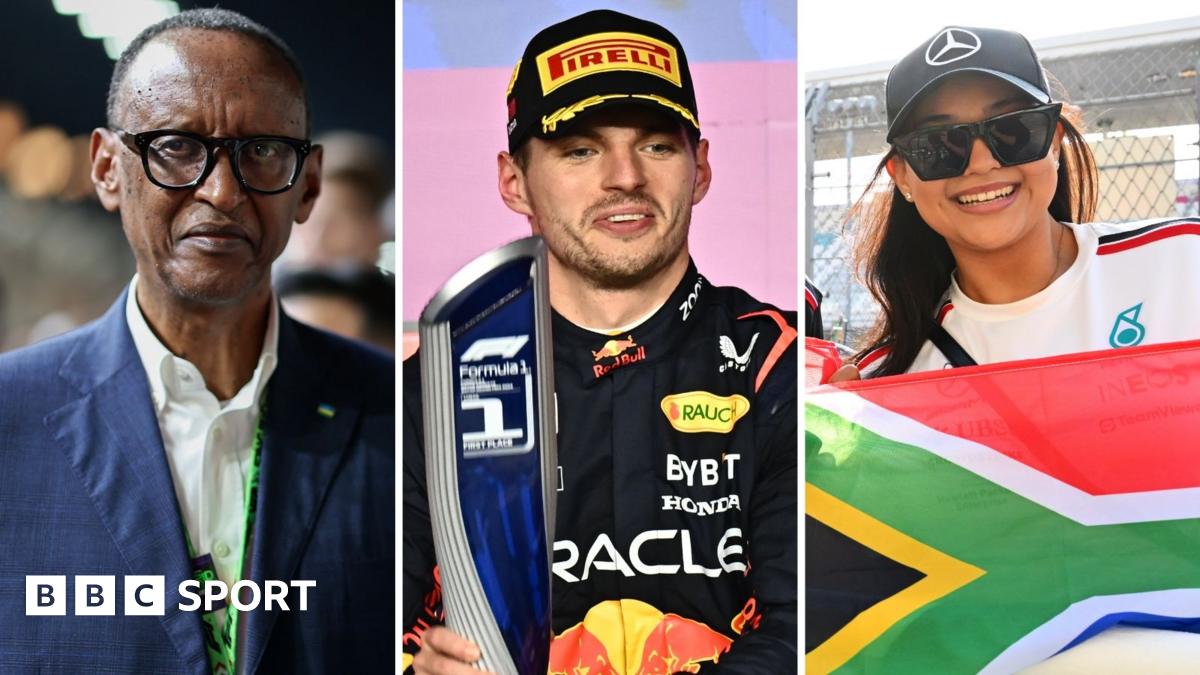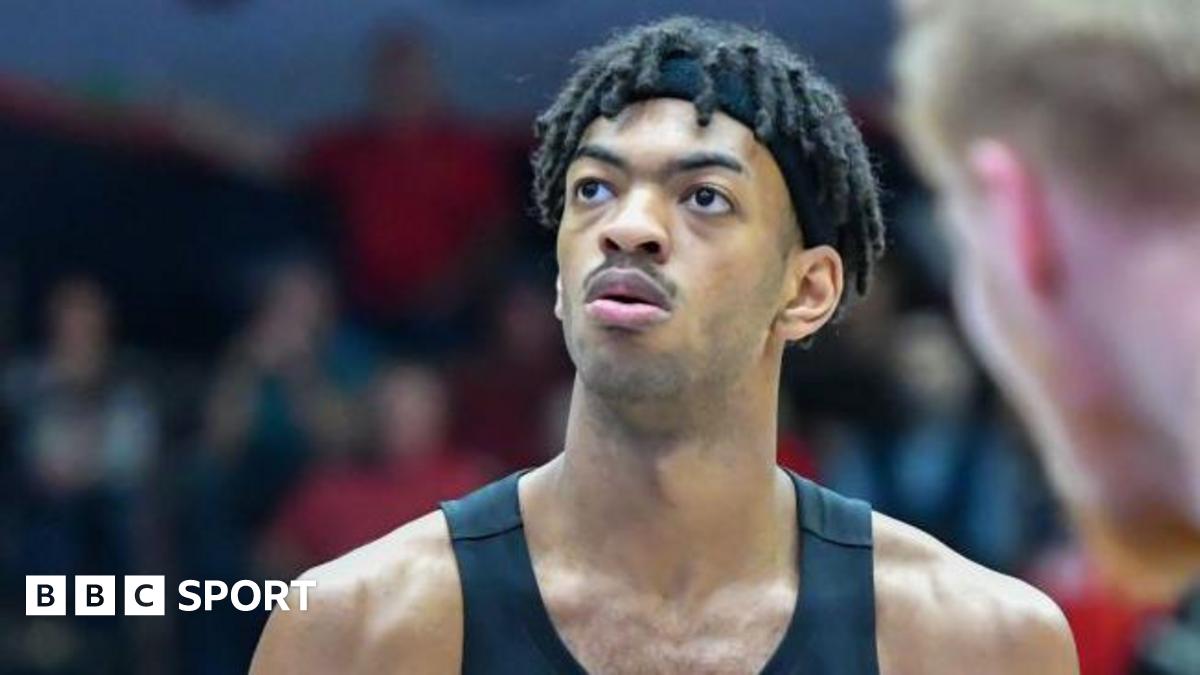Tigst Assefa needed just 18 months to go from marathon debutant to smashing the world record by more than two minutes.
The Ethiopian’s astonishing Berlin race – winning in two hours, 11 minutes and 53 seconds – intensified attention on “super shoes” after she ran in a pair using “unique technology”.
BBC Sport Africa has been speaking to the 26-year-old, her coach Gemedu Dedefo and other experts to discuss Assefa’s next target, the trend for long-distance running and that debate about footwear.
Can a woman finish a marathon in under 2:10?
Tigst Assefa: “I strongly think it is possible. Of course, I want to break my record. I am fiercely competitive. It could be broken with better training. In Berlin, I was not tired. I had energy.”
Gemedu Dedefo, Assefa’s coach: ”Women are showing impressive progress. There is a lot of pressure on women – they’re running under unfavourable conditions, it’s different from men.
“Women are very strong and committed. I think they can make it below 2:10.”
Renato Canova, record-breaking coach: “With training and technology development, including shoes and specific energy drinks, we will probably see a woman do it before 2030.
“The field for men is deeper. In Berlin, there were only eight athletes within 10 minutes of Assefa. So we can say that it is more difficult to find top talents among women.
“On the other hand, women who are not exceptionally talented can reach the top with consistency and training.”
Alex Hutchinson, author and journalist: “It sounds crazy, but it’s hard to argue that women will never get two minutes faster when Assefa just broke the old record by more than two minutes in one shot.
“I think it’s a fairly safe bet that a woman will eventually run under 2:10, but it will probably involve some further advances in shoe technology and perhaps in other areas like training and nutrition.
“The harder question is how fast that hypothetical future sub-2:10 runner would go if she was forced to race in the same gear that was available to earlier runners like Paula Radcliffe.”

Why are more athletes switching from track to road races?
Renato Canova: “When athletes like Haile Gebrselassie and Eliud Kipchoge were on track more than 20 years ago, the big money was in those competitions – more than the marathons.
“Top track athletes could run several meetings, earning more money across the season than marathon runners.
“Now the situation has changed. There are many more marathons, including medium-level ones with good prizes, and new markets such as Chinese marathons.
“Track remains important but the prizes for Diamond League are very low – fourth position is $2,000 (£1,640).
“For that reason, athletes who want to run marathons start directly with road races, potentially move up to half-marathon within a year and start the next season running full marathons.”
Alex Hutchinson: “The biggest factor is that they’re following the money. Road races have steadily grown in popularity over the last few decades, so there’s a much bigger pot of money from both sponsors and participants to reward the top finishers.
“There are also some more subtle factors; people used to think that the marathon was something you had to work up to over many years.
“Top runners from previous generations, like Gebrselassie and Paul Tergat, often waited until they were in their 30s before trying their first marathon.
“But the success of younger marathoners, like Sammy Wanjiru, dispelled that myth, and now runners like Assefa aren’t afraid to hit the roads while they’re still in the prime of their careers.”
Gemedu Dedefo: “Four years ago, Tigst got injured while at the Valencia Half Marathon. She couldn’t stand by herself.
“She has long suffered from Achilles problems and discomfort wearing spike shoes [used for track races]. Top medical people told her she wouldn’t be able to run again.
“We all lost hope, but we still supported her. Then we instructed her to focus on road races.
Tigst Assefa: “They said I wouldn’t be able to run again, but I did not buy their assessment.
“I went to Italy for another check-up that week. They told me I had minimal chance to return to sport. I came back home to Ethiopia on crutches.
“I did not give up. I told myself I would get back and make history.
“I will never forget my injury. But at the same time, it helped me to work very hard. I could not have seen this day if it were not for the injury.”

What impact do shoes have?
Alex Hutchinson: “The new breed of super shoes, with stiff carbon-fibre plates embedded in a thick layer of ultralight foam cushioning, have definitely made marathoners faster.
“For most runners, simply putting them on your feet will make you a few minutes faster. And there may also be more indirect benefits that accumulate over time. Some runners feel that the extra cushioning lets them train a bit harder while still recovering before their next run.
“The unknown question is whether super shoes are continuing to get better. The first super shoes, which were released in 2017, promised to reduce your energy expenditure by 4%, on average.
“Assefa wore a brand new shoe, Adidas’ Adizero Adios Pro Evo 1, that is making waves both for its super-lightweight design and its astronomical price of around $500 (£410).
“We have no idea whether the shoe gave Assefa another minute or two compared to previous super shoes, or whether it’s just another round of marketing hype.”
Tigst Assefa: “The shoes are very comfortable. They have helped me a lot.
“The shoes I have used in the past are not light – these are very light. In a long-distance race, they have given me an advantage.”
Gemedu Dedefo: “The main aspect is her skill. The shoes could help. She wore them because of their benefits.
“If your clothes feel comfortable and get enough air through, it also helps.
“We did tough training sessions. We had prepared to break this record. Our estimate was 2:13 but she made it 2:11.
“We spent four months preparing – it’s a huge achievement.”
Renato Canova: “Of course, the current shoes can give some advantages to the athletes of today. However, personally I think the advantages are very much less than what the companies want to demonstrate.
“The shoes with carbon plates can’t increase the speed of an athlete, but they can maintain fresher legs for the whole distance, reducing the impact on the ground and hemolysis [red blood cell destruction].
“The new shoes are like the tyres of the cars in Formula One – they can last for one marathon only and their cost is something absolutely out of the market for normal runners.
“I give the shoe technology a big role as a placebo, creating the idea that everybody can improve a lot using them. This fact gives athletes the courage to run faster from the beginning of the race, something that was much more mentally difficult before.
“The shoes are not winning, but the athlete. When you beat an international-level athlete by six minutes, there is no other explanation – the athlete has extra class and is clearly ahead of the rest of the world on the merit of herself, her coach and manager.”




